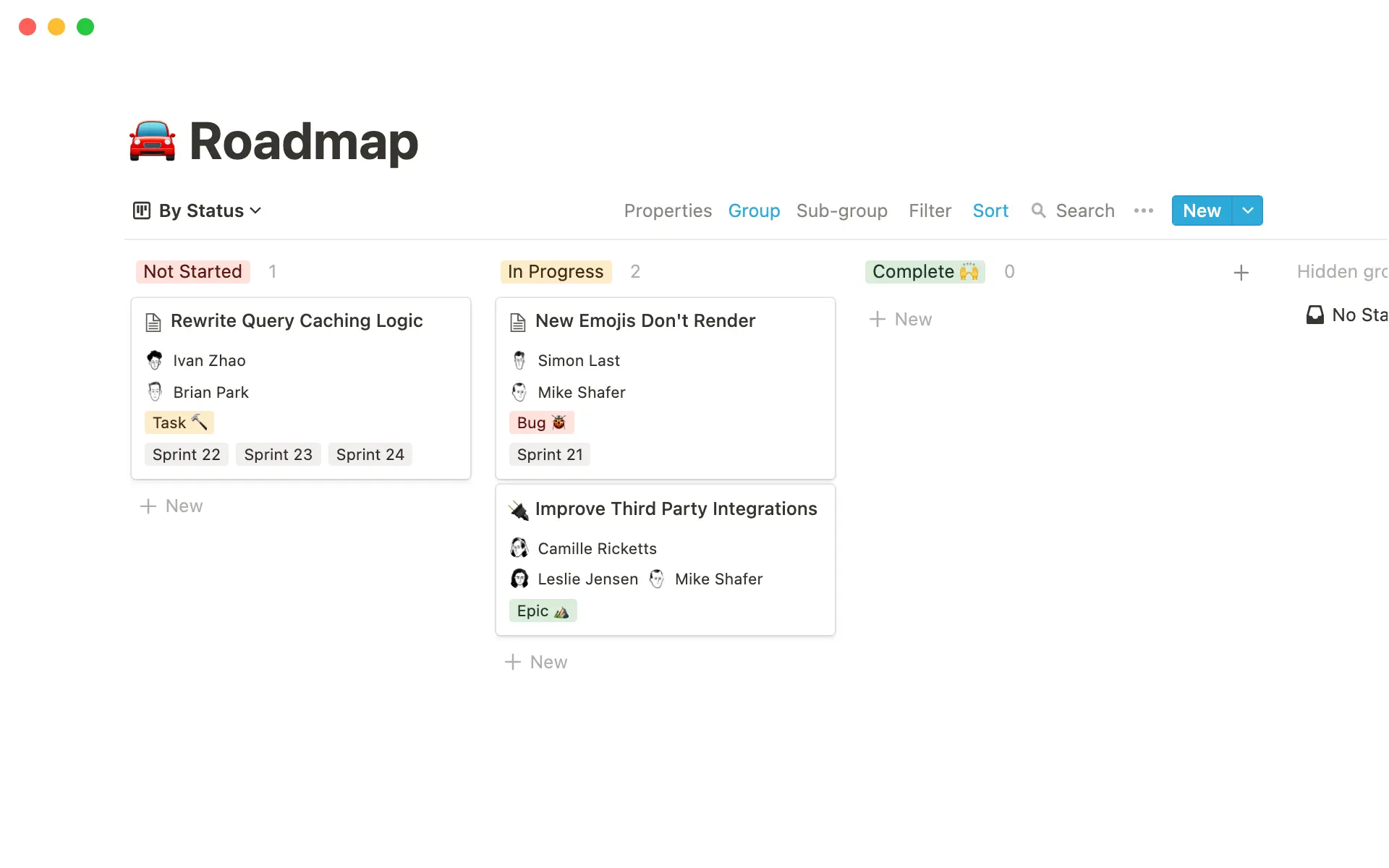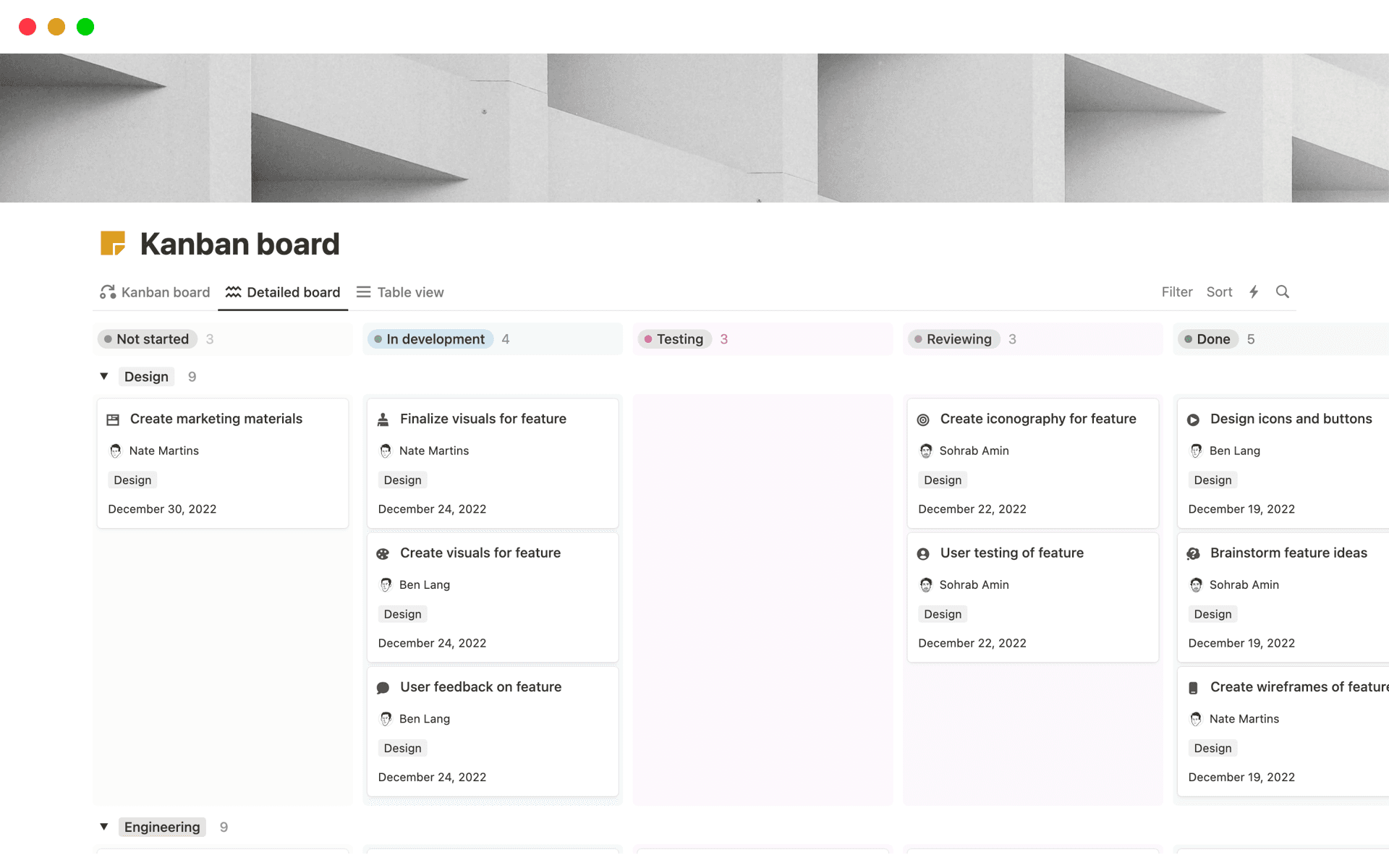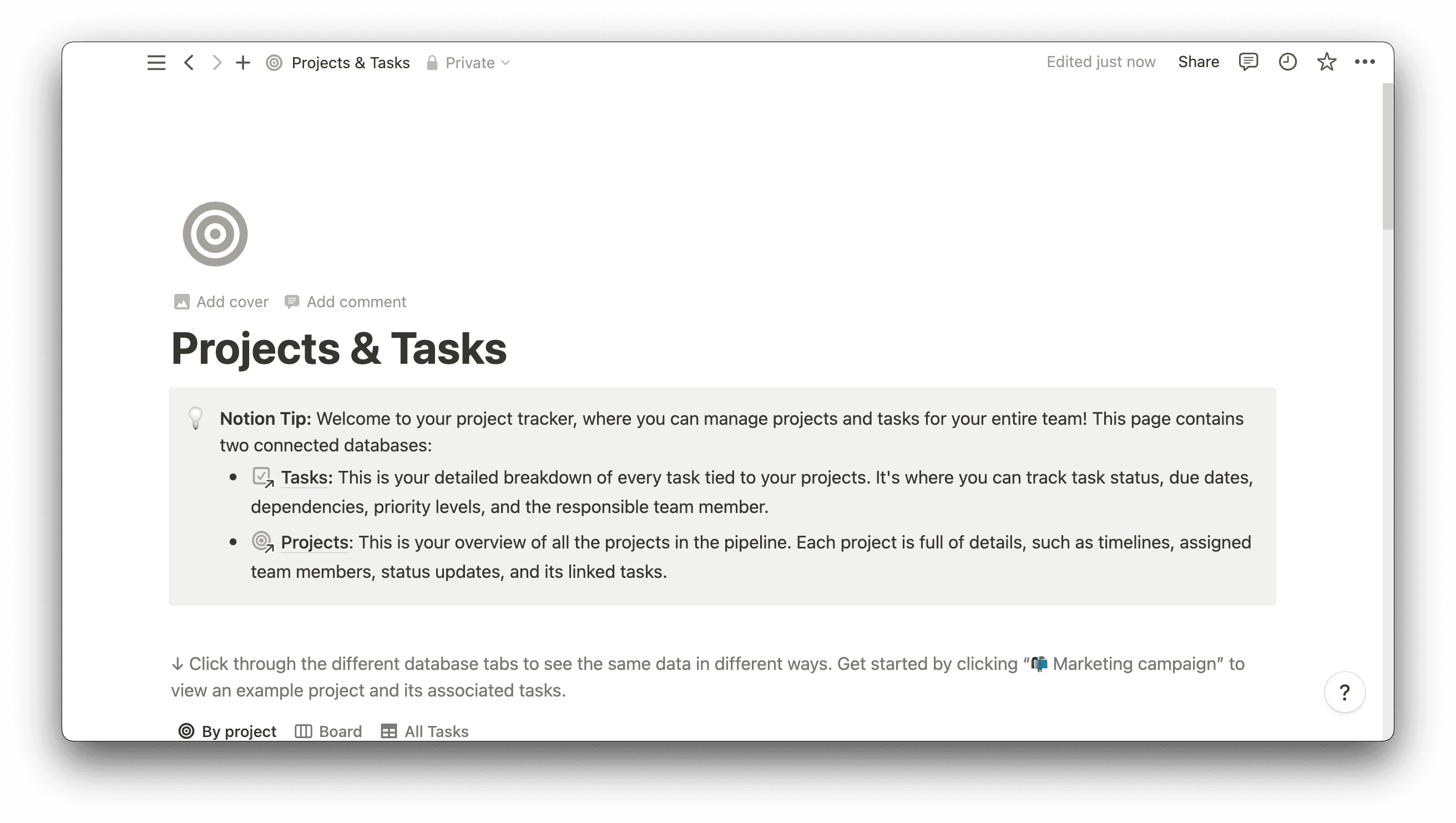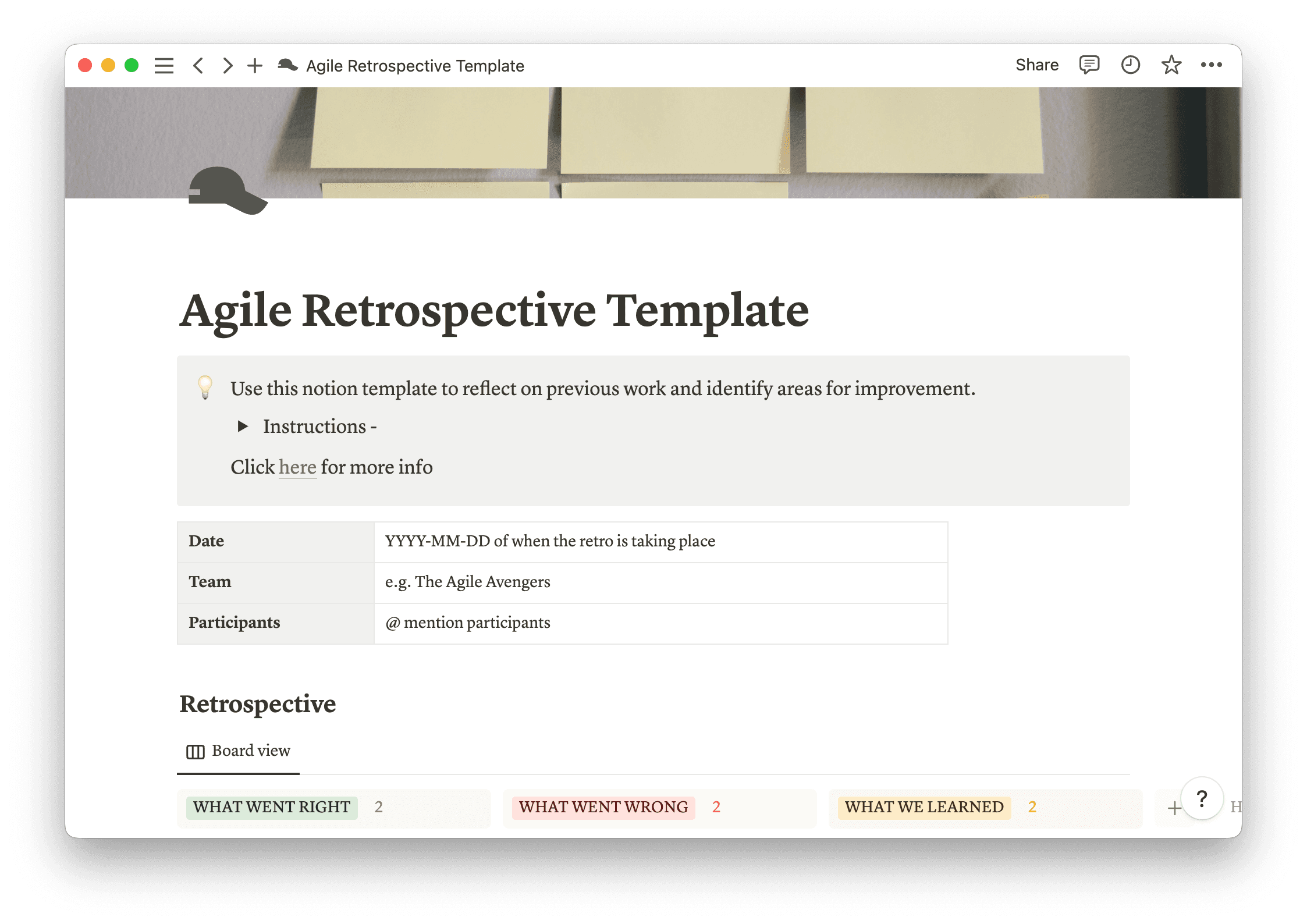When you hear the term “agile,” you might envision an athlete flawlessly executing their sport. They’re flexible, speedy, and strategic. The Agile project management methodology strives for this sort of agility.
Agile project management achieves efficiency by breaking projects into short sprints. This breakdown helps teams strategize and stay organized so they can quickly shift course — much like an athlete reacting instantaneously to save a match or game — without overhauling an entire project.
There’s a bit of a learning curve in order to embrace this method. But anyone who’s ever made a to-do list, prioritized tasks, or considered a project’s capacity and resources is well on their way to understanding this project management style.
What’s Agile project management?
Agile is a non-sequential, iterative methodology that breaks projects down into shorter sprints to release features slowly. This method started in the development world, and software engineering teams continue to rely on it.
The initial four principles of Agile prioritize functional features, human interaction, quick responses to roadblocks, and client collaboration. All four seek to enable Agile teams’ aim to speed up projects and deliver outputs to clients more efficiently.
Whether a development or any other team uses the Agile method today, those original values ring true. Agile projects help teams deliver features quickly to end clients by progressing through bite-sized action items and correcting issues as they arise while promoting open communication and collaboration.
A note on Agile versus Waterfall project planning
While software development teams often use both, Waterfall projects are linear, and Agile ones are iterative. In an Agile project, a team creates, tests, rolls out, and receives feedback on an entire feature, closing the loop on this task.
The Waterfall method relies on consecutive tasks that lead to complete product delivery as the team works through linear project phases. As such, there isn’t much room for customer feedback or scope shift. Teams set expectations at the beginning of a project and stick to them.
5 essential Agile management elements
As your team prepares to implement Agile practices, start by understanding five essential components of the Agile framework:
User stories — these are the basis for defining the tasks a team will perform. A story is a reason why an end user requires a feature. This desire for the feature drives its creation and establishes the logic behind making it. A user story generally follows this format: “As an X, I want Y so Z.” You might write, “As a fitness app user, I want to record my activity so I can track my wellness progress.” This story helps the app development team define the needs it must fulfill and create tasks around them.
Backlogs — backlogs are essentially to-do lists. Once teams define tasks to perform, this work enters the backlog. Before giving assignments and scheduling items, Agile teams determine the relative intensity that each action item implies using story points or similar ranking methods. This activity ensures a team doesn’t take on too many high-effort, resource-consuming tasks simultaneously and instead balances work.
Sprints — Agile is an iterative project management strategy, and sprints are the iterations. Sprints usually cover 1–4 weeks of work, and teams determine what tasks to complete in these periods during sprint planning meetings.
Planning boards — Agile teams plot sprint tasks using planning tools like Kanban boards and burn-up and burndown charts. These tools help groups visualize the status of tasks, how much work remains, and other details like assignments and dependencies.
Stand-up meetings — once a project is rolling, stand-up meetings help teams stay on course and quickly catch issues. Stand-ups are quick daily gatherings where each team member explains what they’re working on and any “blockers” (obstacles) that are preventing them from completing their work. These meetings shouldn’t exceed 10 minutes or the time teammates are comfortable “standing up.” During this time, project managers pass the proverbial mic as needed to keep the session moving.
Agile core values and principles
Since its inception, the Agile model has grown into a robust project-planning tool supported by numerous virtual platforms. Teams of all kinds use this method to work more efficiently, sometimes combining Agile with other types of project planning for a bespoke approach. Some even adopt Agile practices, like backlogging their to-do lists, in their personal lives.
This now-versatile project management methodology started with particular values and principles, and perhaps it was the specificity of this vision that built a process that’s stood the test of time. Here’s more on that vision.
The 4 key Agile values
The following values guide all actions teams take in project planning and execution processes:
Individuals and interactions over processes and tools
Working software over comprehensive documentation
Customer collaboration over contract negotiation
Responding to change over following a plan
The 12 principles of the Agile framework
These principles remind teams of the essential facets of their work. Some principles refer heavily to the development process, so groups in other industries can adapt these statements to fit their work:
Promote customer satisfaction via early and continuous delivery of valuable software
Welcome changing requirements, even in late development
Deliver working software frequently (weeks rather than months)
Encourage close, daily cooperation between business and development teams
Build projects with motivated individuals who trust each other
Face-to-face conversation is the best form of communication (co-location)
Working software is the primary measure of progress
Promote sustainable development that maintains a constant pace
Apply continuous attention to technical excellence and good design
Simplicity — the art of maximizing the amount of work not done — is essential
The best architectures, requirements, and designs emerge from self-organizing teams
Teams should reflect regularly on how to become more effective and adjust processes accordingly
Start an Agile project in 3 simple steps
Once you understand the spirit of this project planning methodology and the elements integral to it, you’re ready to launch your first Agile project. Use the following three Agile methodology steps to guide your implementation.
1. Hold project planning meetings
Start high-level by defining the project’s overall needs and setting the scope of work. Then create user stories to determine key deliverables and tasks, forming the project backlog. Finally rank the relative intensity of tasks and break the work into sprints, plotting actions on the charts or boards of your team’s choosing.
2. Execute the project
Begin work on your first sprint. Hold daily stand-up meetings to ensure tasks are running on time and teammates aren’t hitting roadblocks that hold up work. Project managers should be prepared to provide quick solutions to problems to keep work flowing.
3. Assess
After completing a sprint, hold a retrospective meeting where the team discusses what went well and obstacles to avoid in future sprints. The information your team compiles in these wrap-up meetings will help you set more accurate story points and run more efficient sprints next time.
3 Agile project planning methods
Agile is an umbrella project management methodology that each team executes differently. You might pick and choose aspects from different sub-methodologies (like using Kanban boards) to suit your needs.
Here are three common branches of Agile:
The Kanban model relies heavily on visualizing work using shared boards that help teams see progress, prioritize transparency, and avoid information silos.
The Scrum method involves breaking project teams into smaller groups that work on sprints together. Scrum teams should have a product owner who understands business needs and a Scrum master who eliminates blockers.
The extreme programming (XP) framework focuses on constant integration and functionality testing. The goal is to quickly create quality output.
Use Notion to increase your team’s agility
Help your team quickly adapt to an Agile method by leveraging Notion’s all-in-one Agile project management solution. Use Notion’s project planning templates to create a Kanban board, hold an Agile retrospective, and guide every other step in between. And easily share information with your team by creating a centralized knowledge database.







